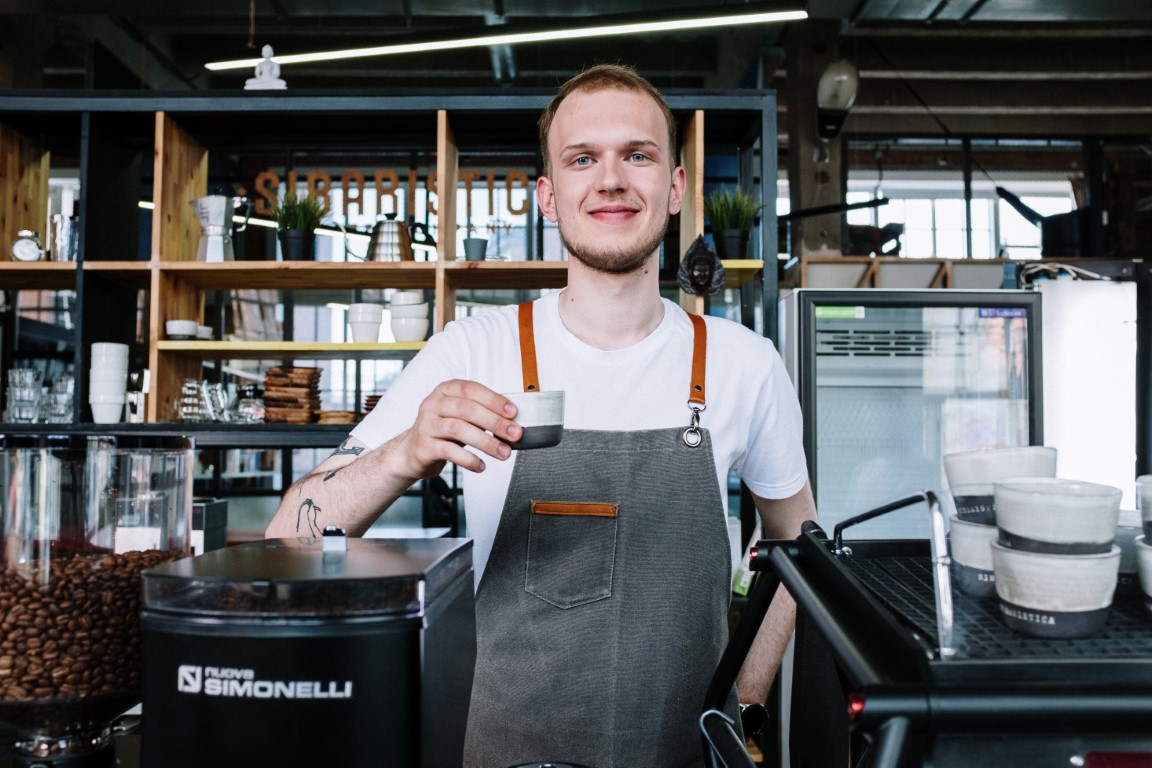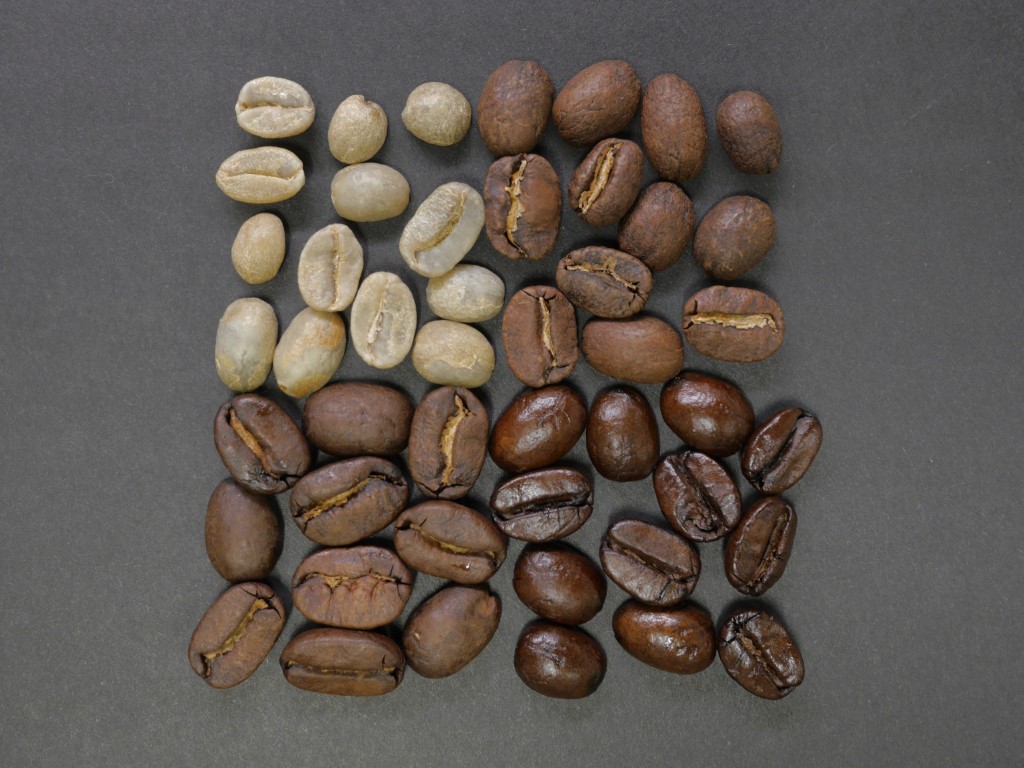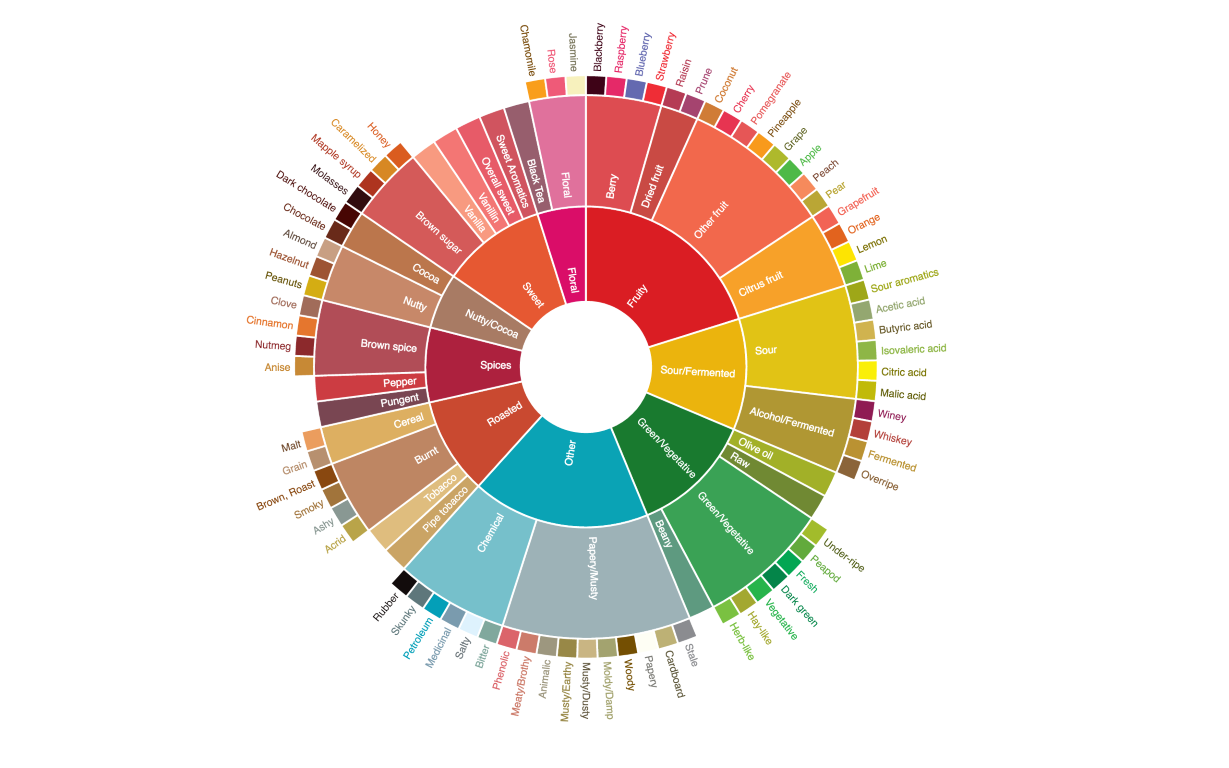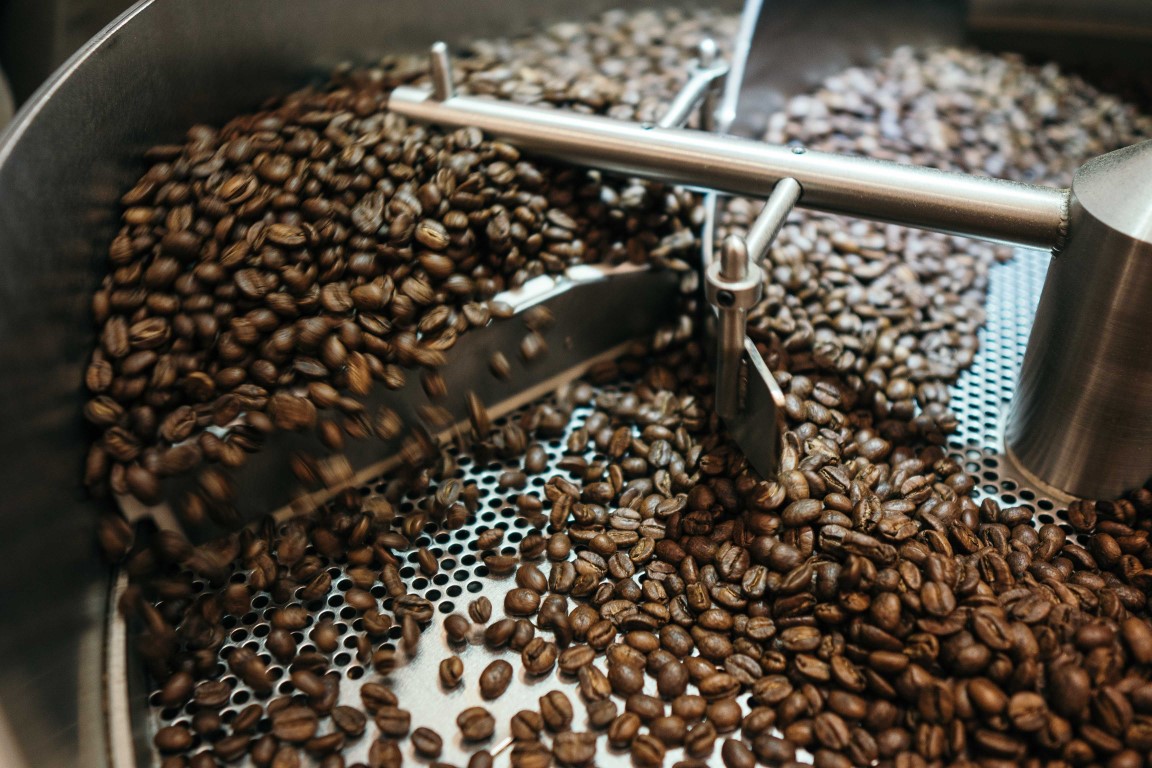Coffee is more than just a morning pick-me-up; it’s a complex beverage with a range of flavors and aromas. Developing your coffee palate can help you appreciate the unique qualities of different coffees and take your coffee experience to the next level. As owner of EspressoCoffeeTime, I believe that tasting coffee like a pro is not just a skill, it’s an art. With practice and dedication, you can develop your coffee palate and unlock the full potential of every cup of coffee.
In this article, we’ll provide tips and tricks for developing your coffee palate and identifying different coffee flavors using a flavor wheel. So, whether you’re a coffee aficionado or just starting to explore the world of specialty coffee, read on to enhance your coffee tasting experience.

(Photo by JT on Unsplash.com)
Understanding the Basics of Coffee
If you want to develop your coffee palate, you need to understand the basics of coffee. Coffee beans come in different varieties, and each variety has its own unique flavor profile. The roasting process also plays a significant role in the flavor of coffee. Different brewing methods can also bring out different flavors in coffee.
To fully appreciate coffee, you need to know the different flavors found in coffee. Some common flavor notes include fruity, floral, nutty, chocolatey, and spicy. By understanding the basics of coffee, you can better appreciate the complexities of this beloved beverage.

(Photo by Cottonbro studio on Pexels.com)
Tasting Coffee Like a Pro
Tasting coffee is more than just taking a sip and deciding whether you like it or not. To truly develop your coffee palate, you need to taste coffee like a pro. This means paying attention to the different flavors, aromas, and textures of the coffee.
Before you taste coffee, it’s important to prepare your palate. This means cleansing your palate by drinking water and avoiding strong-flavored foods or drinks beforehand. You’ll also want to use fresh coffee and the right equipment for the brewing method you’re using.
When you taste the coffee, take a moment to smell it first. The aroma can give you clues about the flavors you’ll taste. Take a sip, and let it sit on your tongue for a few seconds before swallowing. As you swallow, slurp the coffee to aerate it and bring out more flavors. Pay attention to the different flavors you taste, and note any aftertaste.
By tasting coffee like a pro, you can start to identify the different flavors found in coffee.

(Photo by Nous Nou Iwasaki on Unsplash.com)
Identifying Different Coffee Flavors
To fully develop your coffee palate, you need to be able to identify the different flavors found in coffee. One way to do this is by using a coffee flavor wheel. A flavor wheel is a graphical representation of the different flavors found in coffee, arranged in categories.
The flavor wheel can help you identify different categories of coffee flavors, such as sweetness, acidity, body, and flavor notes. Sweetness can range from caramel and honey to fruity and floral. Acidity can be bright and citrusy or mellow and wine-like. Body can be light and delicate or full and creamy. Flavor notes can include chocolate, nutty, spicy, and more.
By understanding the different categories of coffee flavors and using a flavor wheel to identify them, you can better describe the flavors you taste in coffee. This can help you appreciate the complexity of coffee and understand what makes different coffees unique.

The Coffee Taster’s Wheel (Specialty Coffee Association)
Tips for Developing Your Coffee Palate
Developing your coffee palate takes time and practice, but there are some tips you can follow to speed up the process:
- Try different coffees – the more you taste, the more you’ll learn about different flavor profiles.
- Keep a coffee journal – write down the coffees you try, their flavor notes, and your thoughts on them.
- Compare and contrast – taste two different coffees side by side to identify the differences between them.
- Experiment with brewing methods – different brewing methods can bring out different flavors in coffee.
- Attend coffee tastings or cuppings – these events can be a great way to taste different coffees and learn from experts.
By following these tips and continuing to taste and explore different coffees, you can develop your coffee palate and gain a deeper appreciation for this beloved beverage.
Conclusion: Your Coffee Palate
Developing your coffee palate takes time and practice, but it’s worth the effort. By understanding the basics of coffee, tasting like a pro, identifying different flavors, and following tips for development, you can take your coffee experience to the next level.
Whether you’re a coffee aficionado or just starting to explore the world of specialty coffee, these tips can help you appreciate the complexity and beauty of this beloved beverage. So keep tasting, keep exploring, and keep developing your coffee palate.
For More:
- On our site: Bucket List Destinations for Coffee Lovers
- On our site: We love coffee and have more articles to enjoy.
-All photos as credited. Cover photo by Battlecreek Coffee Roasters on Unsplash.com.



